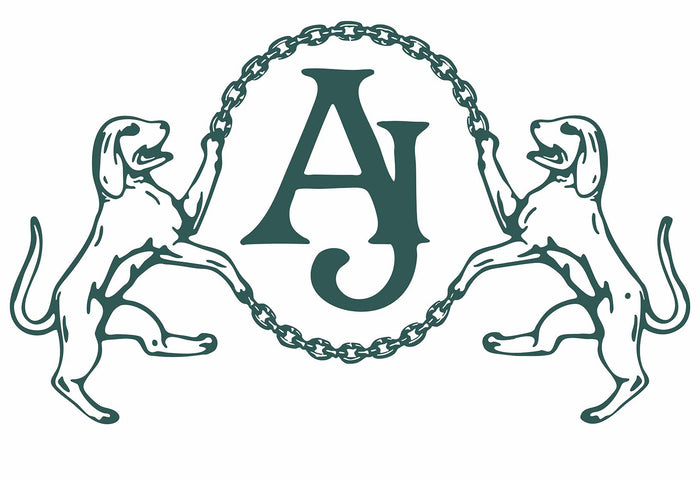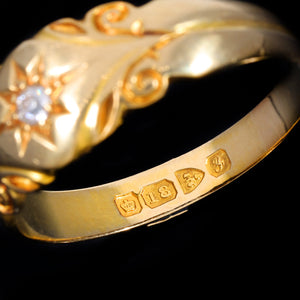When it comes to buying an antique or vintage ring, one of the most important factors to consider is gold fineness—that is, the purity of the gold used in the piece. Understanding gold carat values not only helps you gauge durability and wearability but also gives insight into hallmarking, historical context, and even value. Whether you're eyeing a delicate Georgian ring or a bold Art Deco piece, knowing your carats is key to making an informed choice.
What Is Gold Fineness?
Gold fineness refers to the proportion of pure gold in a metal alloy. Measured in carats (ct), pure gold is 24 carats. However, because pure gold is soft and prone to damage, antique jewellery is crafted in lower carats for improved strength and durability. Each carat value corresponds to a percentage of pure gold.
Gold Fineness in Antique Rings: What Should You Choose?
When choosing an antique ring, gold fineness is more than just a number. It influences the ring’s durability, colour, feel, and long-term wearability. Whether you’re browsing Victorian or Art Deco styles, understanding caratage helps you make a confident and informed decision. Here’s what each gold purity level means for antique jewellery.
What does gold fineness mean?
Gold fineness, also called carat (ct or K), refers to the proportion of pure gold in a metal alloy. Pure gold is 24ct, but it’s too soft for everyday wear. That’s why antique rings are typically made with lower carat golds mixed with stronger metals like copper or silver. Each carat level offers a unique balance between beauty and resilience.
Why isn’t 24ct gold used for antique rings?
24ct gold is considered 99.9% pure, which makes it extremely soft. That softness means it's prone to scratching, bending, and losing shape over time. 24ct gold is not suitable for jewellery.
9ct Gold
9ct gold contains 37.5% pure gold and is mixed with harder metals, making it highly durable. It was widely used in Edwardian and early 20th-century jewellery, especially for everyday rings. The paler tone and robust nature make 9ct gold a great option if you’re looking for antique rings that will stand up to regular wear.
12ct Gold

12ct gold contains 50% pure gold and was historically used in both British and American jewellery. While it's no longer a standard modern fineness, it does appear in some Victorian and Georgian-era pieces. Its balance between strength and gold content made it popular in sentimental and mourning jewellery.
14ct Gold
With 58.5% pure gold, 14ct strikes a middle ground between richness and resilience. It was popular in both British and continental European jewellery. In antique rings, 14ct gold tends to offer a warm, slightly richer hue than 9ct, without sacrificing too much hardness. It’s also commonly found in antique engagement rings.
15ct Gold
15ct gold (62.5% pure) was a British standard between 1854 and 1932. After it was discontinued in favour of 14ct and 18ct, surviving 15ct rings became more collectible. If you spot a ring marked 15ct, it’s likely a true antique and a wonderful piece of history. The slightly higher gold content gives it a rich yellow colour and increased value.
18ct Gold

18ct gold (75% pure) offers deep colour and greater softness compared to lower carats, but it's still suitable for rings. It was often used in high-end Georgian, Victorian and Edwardian pieces, especially in engagement or dress rings. If you’re after antique rings with luxurious tones and beautiful detail, 18ct gold is a classic choice—though care should be taken with daily wear.
22ct Gold

Composed of 91.6% pure gold, 22ct gold is rich in colour and has a deep, buttery tone. However, its softness means it's more prone to scratching and bending, so it's less commonly used in rings—especially those meant for everyday wear. In antique jewellery, 22ct was typically reserved for special-occasion rings or pieces of ceremonial importance. If you come across a genuine 22ct antique ring, it’s likely to feature simple designs or engraved bands rather than elaborate gemstone settings.
What is the importance of gold hallmarks in antique jewellery?
Gold hallmarks certify the metal’s fineness and often provide information about the maker, date, and origin. For example, British hallmarks include a fineness number (e.g., 375 for 9ct), an assay office mark, and a date letter. Understanding hallmarks is crucial for authenticating antique rings and confirming their gold content. Use our hallmark finder to decode the marks on your jewellery.
Whether you're drawn to the bold richness of 18ct gold or the practicality of 9ct, each carat tells a story—not just of material, but of era, craftsmanship, and purpose. When choosing your next piece from our collection of antique and vintage rings, understanding gold fineness can help you select a ring that fits your lifestyle, taste and values.

